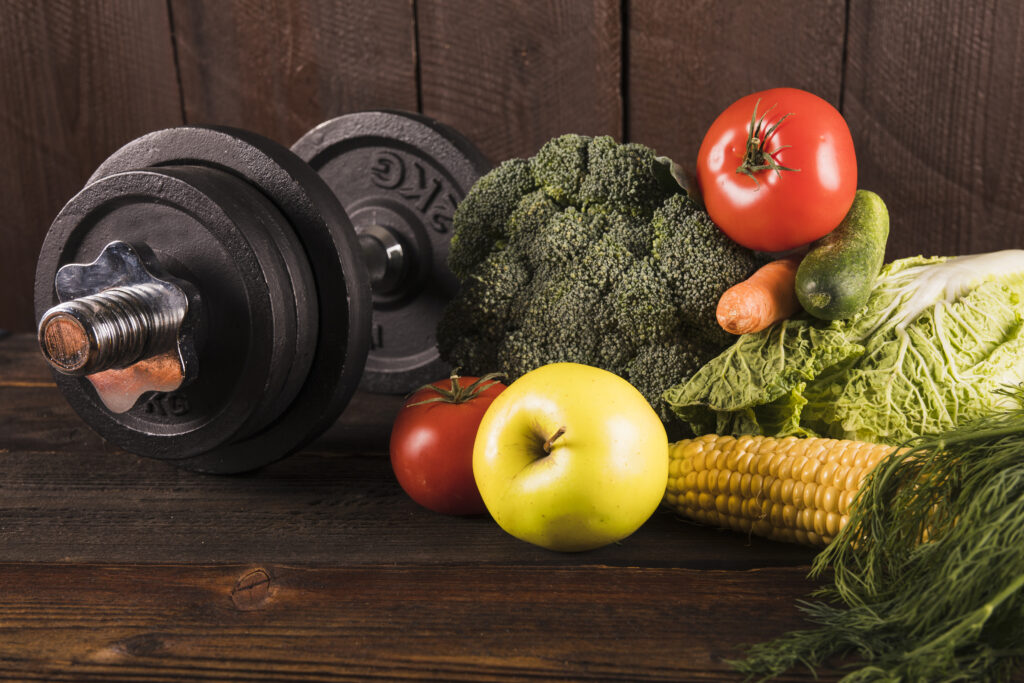The ketogenic diet is a high-fat, low-carbohydrate eating plan that forces your body to burn fats rather than carbohydrates, leading to a state called ketosis. This diet has gained popularity for its potential to promote weight loss, improve mental clarity, and manage certain health conditions like epilepsy and type 2 diabetes.
Table of Contents
Introduction: What is the Ketogenic Diet?
The ketogenic diet, commonly known as the keto diet, is a dietary approach that focuses on drastically reducing carbohydrate intake while increasing fats. The goal is to push your body into a metabolic state called ketosis, where fat becomes the primary source of energy instead of glucose. This diet has been studied for various health benefits, including weight loss, improved cognitive function, and better blood sugar control.

How Does the Ketogenic Diet Work?
In a typical diet, carbohydrates are the body’s primary source of energy. When you eat carbs, they are broken down into glucose, which fuels your cells. However, when you reduce your carb intake significantly (usually to less than 50 grams per day), your body begins to run out of glucose. As a result, it starts to break down fats into ketones, which are used as an alternative energy source.
Key Components of the Ketogenic Diet:
- High Fat: 70-75% of daily caloric intake
- Moderate Protein: 20-25% of daily caloric intake
- Low Carbohydrates: 5-10% of daily caloric intake
Benefits of the Ketogenic Diet
The ketogenic diet offers several potential benefits:
- Weight Loss: The diet helps in reducing appetite and increasing fat burning, making it an effective tool for weight loss.
- Improved Mental Clarity: Many people report better focus and mental clarity while on a keto diet, likely due to the steady supply of energy from ketones.
- Blood Sugar Control: By lowering carb intake, the keto diet can help stabilize blood sugar levels, making it beneficial for those with type 2 diabetes.
- Enhanced Energy Levels: With fats as the primary fuel, some people experience more sustained energy levels throughout the day.
- Reduced Inflammation: The keto diet may help reduce inflammation, which is linked to a variety of chronic diseases.
Potential Risks and Considerations
While the ketogenic diet has numerous benefits, it’s not without its challenges and risks:
- Keto Flu: When transitioning into ketosis, some people experience flu-like symptoms such as headache, fatigue, and irritability. This usually subsides within a few days.
- Nutrient Deficiencies: The diet’s restrictive nature can lead to deficiencies in essential nutrients like vitamins and minerals if not carefully managed.
- Digestive Issues: A sudden increase in fat intake can cause digestive discomfort for some people.
- Sustainability: The strict nature of the keto diet can make it difficult to maintain long-term.
Foods to Eat on a Ketogenic Diet
The following table lists common foods that are recommended on a ketogenic diet:
| Category | Foods to Include |
|---|---|
| Proteins | Beef, chicken, turkey, eggs, fatty fish (salmon, mackerel) |
| Fats & Oils | Avocado, butter, olive oil, coconut oil, nuts, seeds |
| Vegetables | Leafy greens (spinach, kale), broccoli, cauliflower, zucchini |
| Dairy | Cheese, heavy cream, Greek yogurt (unsweetened) |
| Nuts & Seeds | Almonds, walnuts, chia seeds, flaxseeds |
| Beverages | Water, coffee, tea (unsweetened), bone broth |
Foods to Avoid on a Ketogenic Diet
Avoid the following foods to stay in ketosis:
| Category | Foods to Avoid |
|---|---|
| Carbohydrates | Bread, pasta, rice, cereals, potatoes, sugary snacks |
| Sugary Foods | Candy, soda, fruit juices, cakes, and desserts |
| Processed Foods | Processed meats, fast food, packaged snacks |
| High-Carb Fruits | Bananas, apples, grapes, oranges |
| Starchy Vegetables | Potatoes, corn, peas |
How to Get Started with the Ketogenic Diet
- Calculate Your Macros: Start by calculating your macronutrient needs based on your goals (e.g., weight loss, maintenance). Use a keto calculator to determine your ideal ratio of fats, proteins, and carbs.
- Plan Your Meals: Plan meals around high-fat, low-carb foods. Focus on whole, unprocessed foods like meats, fish, eggs, and low-carb vegetables.
- Stay Hydrated: Drink plenty of water to help your body adjust to the diet and prevent dehydration, especially during the initial phase.
- Monitor Ketosis: Use ketone test strips or a blood ketone meter to monitor your level of ketosis and adjust your diet as needed.
- Be Patient: It may take a few days to a week for your body to enter ketosis fully. Be patient and stick with the diet to see the results.
Common Mistakes to Avoid
- Not Eating Enough Fat: One of the most common mistakes is not consuming enough fat, which can make you feel hungry and reduce your chances of reaching ketosis.
- Overeating Protein: Eating too much protein can convert excess protein into glucose, which can prevent you from entering ketosis.
- Ignoring Hidden Carbs: Always check labels for hidden carbs in foods like sauces, dressings, and processed snacks.
- Not Getting Enough Electrolytes: The keto diet can lead to a loss of electrolytes, so it’s important to supplement with sodium, potassium, and magnesium.
Conclusion: Is the Ketogenic Diet Right for You?
The ketogenic diet is a powerful tool for weight loss, mental clarity, and blood sugar control, but it’s important to approach it with careful planning and awareness of potential challenges. If you’re considering the keto diet, it may be beneficial to consult with a healthcare provider or a registered dietitian to ensure it’s the right fit for your health needs and lifestyle.
What is Ketogenic Diet?
It is a high-fat, low-carbohydrate eating plan that forces your body to burn fats rather than carbohydrates, leading to a state called ketosis. This diet has gained popularity for its potential to promote weight loss, improve mental clarity, and manage certain health conditions like epilepsy and type 2 diabetes.